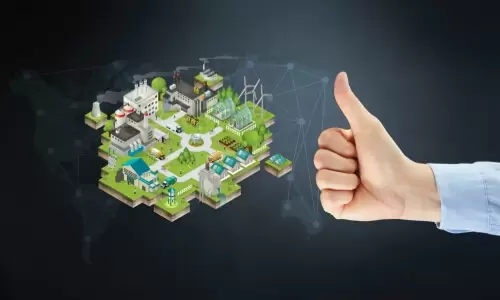Digital innovations have made great changes in various areas of human life including agriculture turning it into digital agriculture.
Smart farming, IoT and other technologies of precision farming are created to facilitate the decision-making process.
Furthermore, they transform agriculture into more sustainable and productive human activity.
Here you can get information about the most significant technological changes that agriculture has undergone in recent years.
Quick Overlook
General Overview of Digital Agriculture
A new World Bank report, What’s Cooking: Digital Transformation of the Agrifood System, explores the impact of digital technology on agriculture and the food system.
Based on the data in this report, we can assume that innovative technologies improve these systems, increasing their efficiency and sustainability.
Digital agriculture innovations allow farmers to save resources while increasing yields and income.
Agricultural management is made more efficient with a vegetation map that enables you to monitor, analyze and plan any field events.
Farmers receive the necessary data on the condition and quantity of the harvest on time and, accordingly, can give firm guarantees about the delivery and prices of food.
Thus, technologies enable growers to reduce transaction costs.
Technology gives farmers access to information about improved seeds and fertilizers, where to find them, and how to use them.
The same applies to the safety of food products.
This can be confirmed by tracing the path of the product from the manufacturer to the consumer.
And then obtaining information about the nutritional value and environmental impact of the purchased food.
Appropriate labeling will help the consumer choose a product grown in an environmentally friendly manner.
Smart Farming and IoT
Smart or digital agriculture differs from the traditional farming methods with the use of information and data processing technologies.
The purpose of using these innovations is to optimize farming systems.
Fieldwork, agricultural equipment, and various sensors are all involved in smart farming.
In addition, the industry continues to grow with the introduction of the Internet of Things, artificial intelligence, and cloud computing in agriculture.
These advanced technologies provide farmers with access to data on plant, soil, livestock, and weather conditions.
You can obtain all this information in real-time from any device at your fingertips, including a smartphone.
It dramatically facilitates decision-making and improves efficiency.
The first big step for agriculture was the transition from a wooden plow to a metal one.
Then the Agrarian Revolution changed everything beyond recognition which gave agriculture mechanical equipment.
Now everything is changing much faster with IoT development.
Due to this technology, it is possible to integrate the physical world with digital systems.
Electrical devices, which we call sensors, measure various parameters, including light, pressure, humidity, temperature, and more.
Specialized software processes the data received from the sensors first.
Then it gives the grower helpful information that helps improve all processes on the farm and automate them.
Automation & Robots in Digital Agriculture
Farm automation technologies are designed to perform everyday and straightforward agricultural tasks.
Companies and private farms use some form of technology to automate the crop and livestock cycle.
Automation of agricultural processes enables agricultural producers to meet the demand of the growing population of the earth.
The use of automated equipment significantly reduces the time of fieldwork.
Technologies affect both the quality and quantity of agricultural products produced.
Along with saving resources and improving yields comes another critical benefit, increased profits.
Autonomous Tractors in Digital Agriculture
Autonomous tractors are controlled remotely.
In addition, one can pre-programm such a technique.
These tractors provide significant assistance to row crop farmers.
Their use increases the efficiency of fieldwork and reduces costs.
Technological advances have also made it possible to modernize existing technology.
Seeding and Weeding
You can also proceed the sowing area can also using robotics if you want to reduce labor costs.
As for weeding, up-to-date machines can reduce the use of pesticides by 90%.
It is possible due to computer vision technology.
When using this technology, they spray herbicides only in those areas where it is necessary.
It’s a brilliant option to get rid of weed in a more accurate way.
Agricultural equipment manufacturers also produce machines for weeding meadows and intercropping cultures.
They are environmentally friendly and help save agricultural resources.
Genetics & Omics
Next-generation genotyping and sequencing technologies help grow better crops regardless of climatic conditions.
Researchers are able to speed up the process of determining the cause of gene expression.
Agrigenomics improves on a variety of applications, including trait screening.
Researchers use technology to assess and predict genetic strengths.
Breeders obtain more resilient and productive generations of crops and livestock using microarray and NGS technologies.
